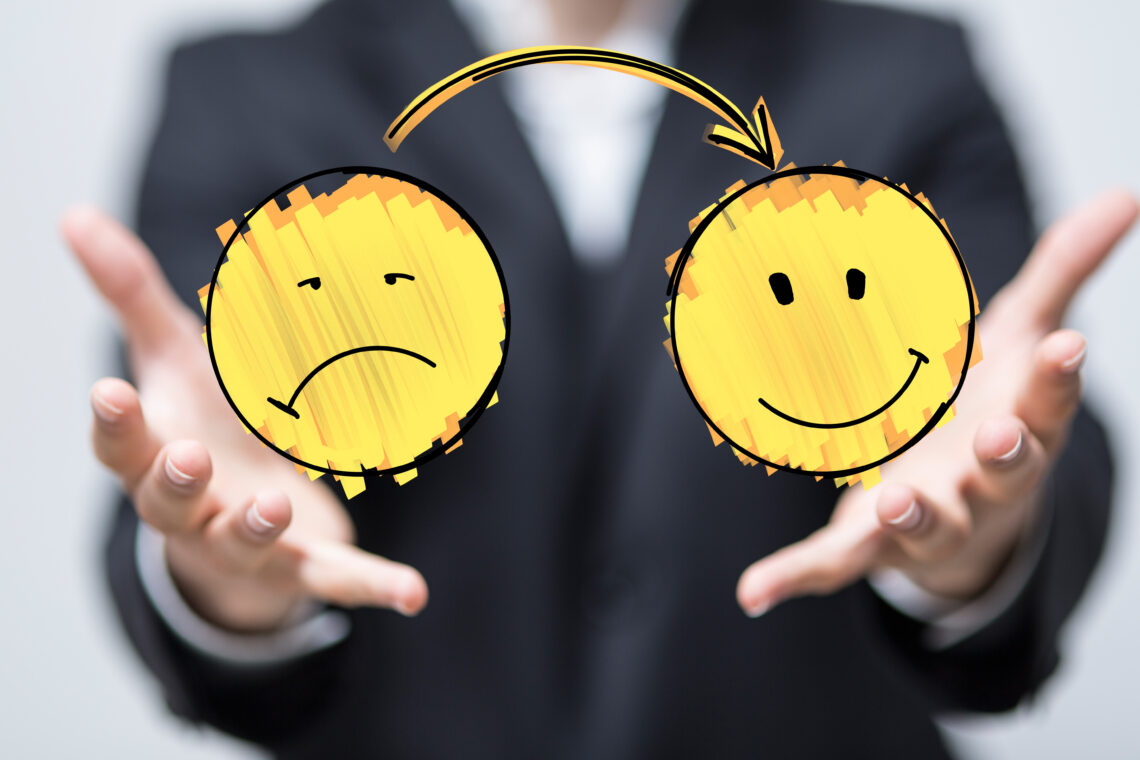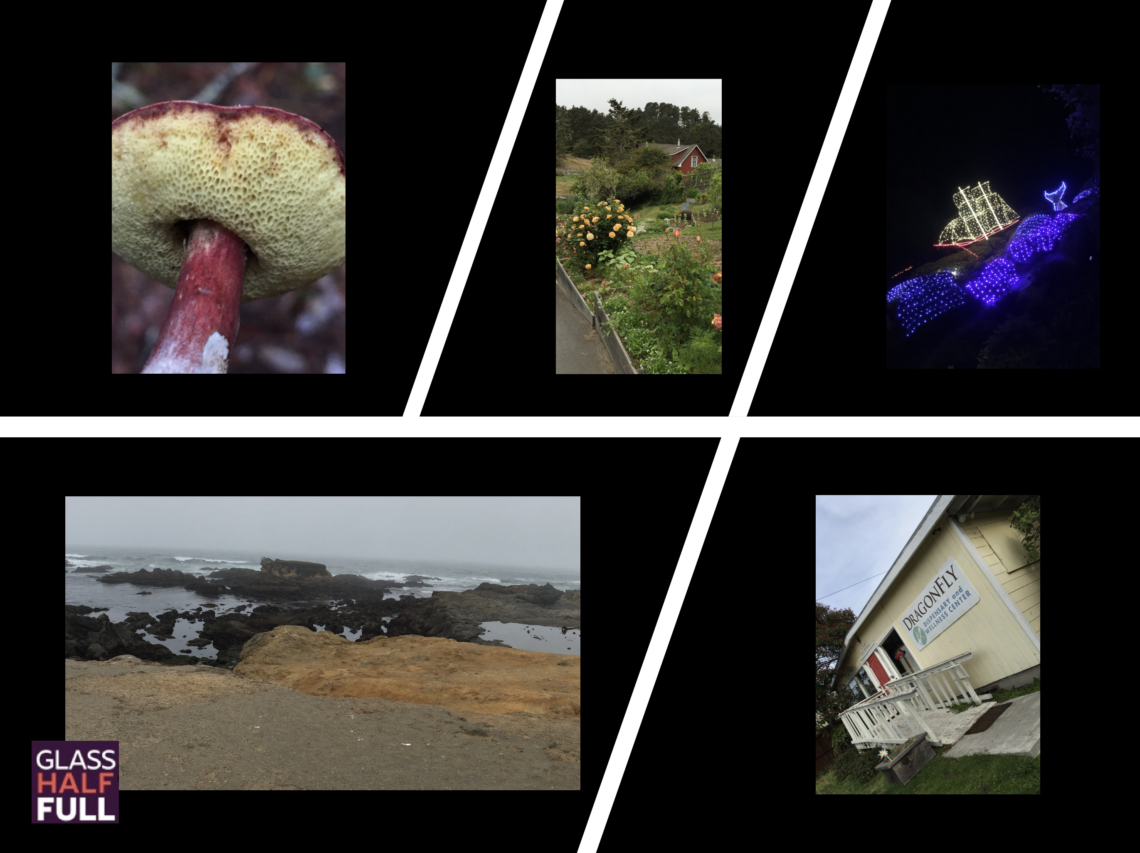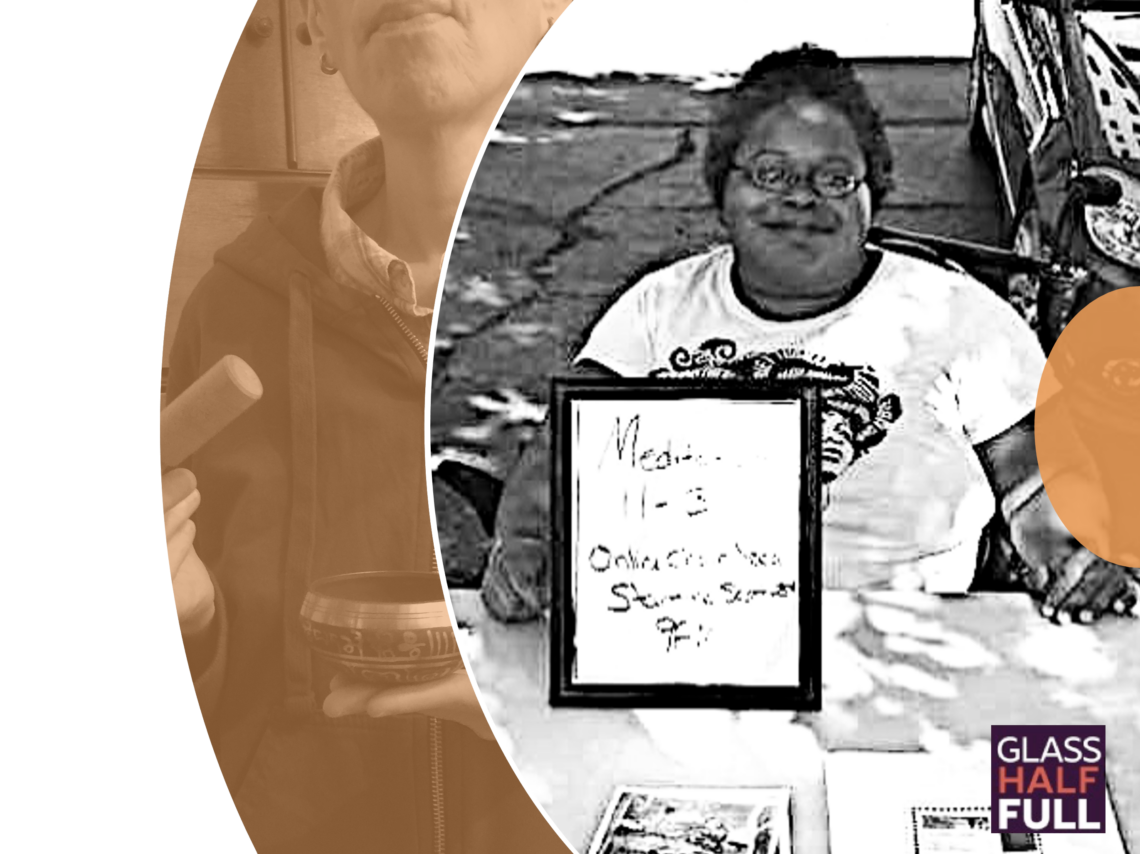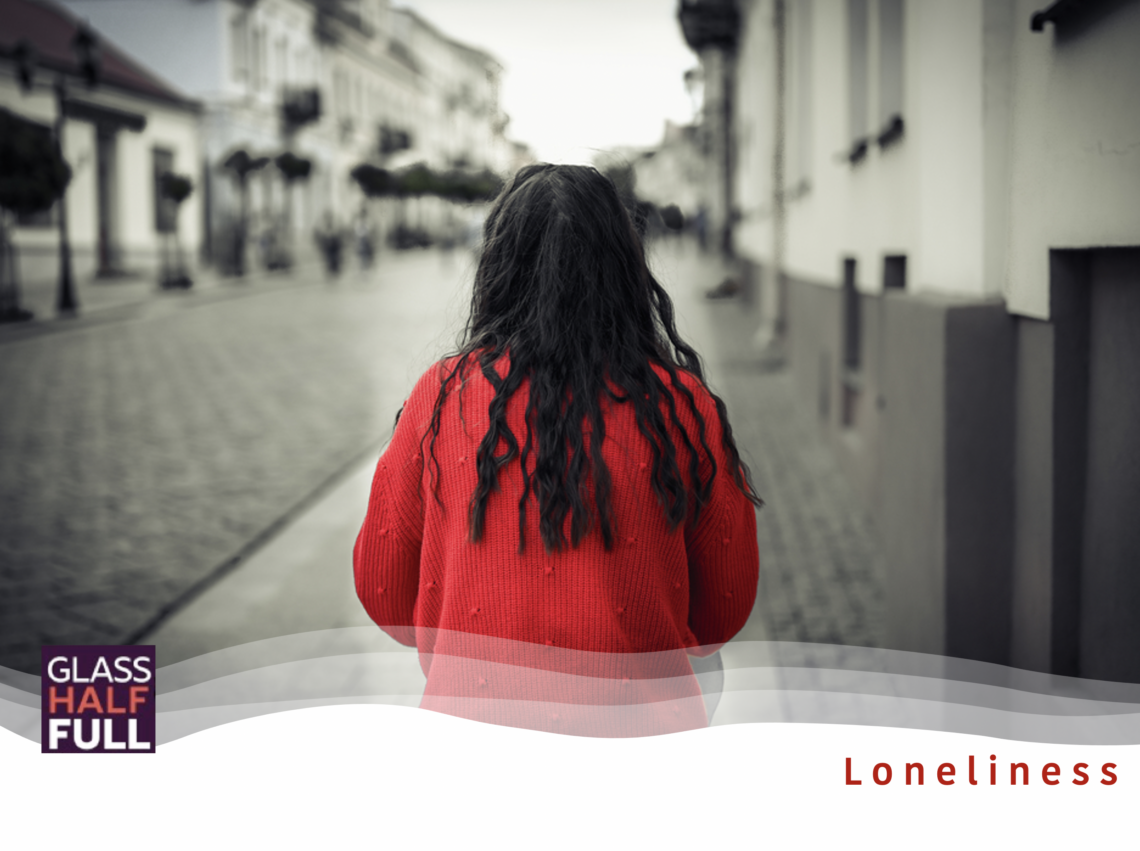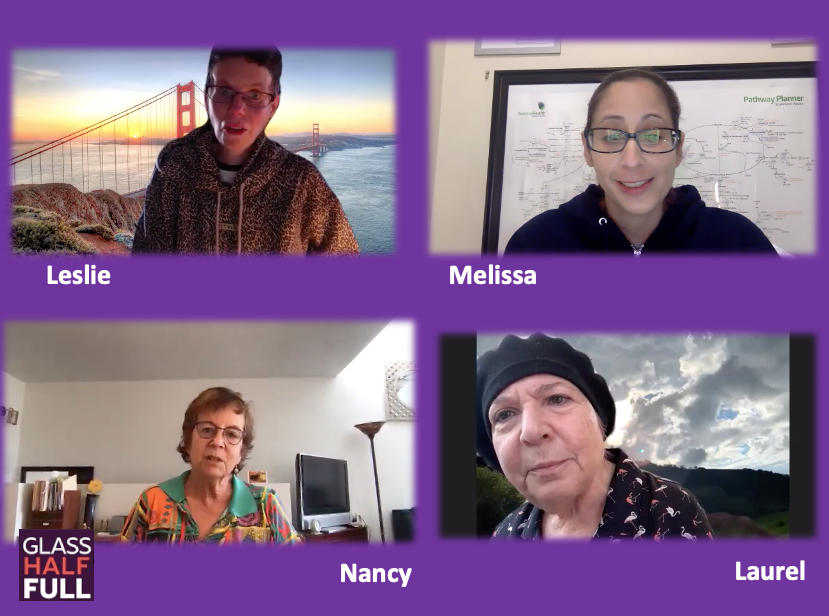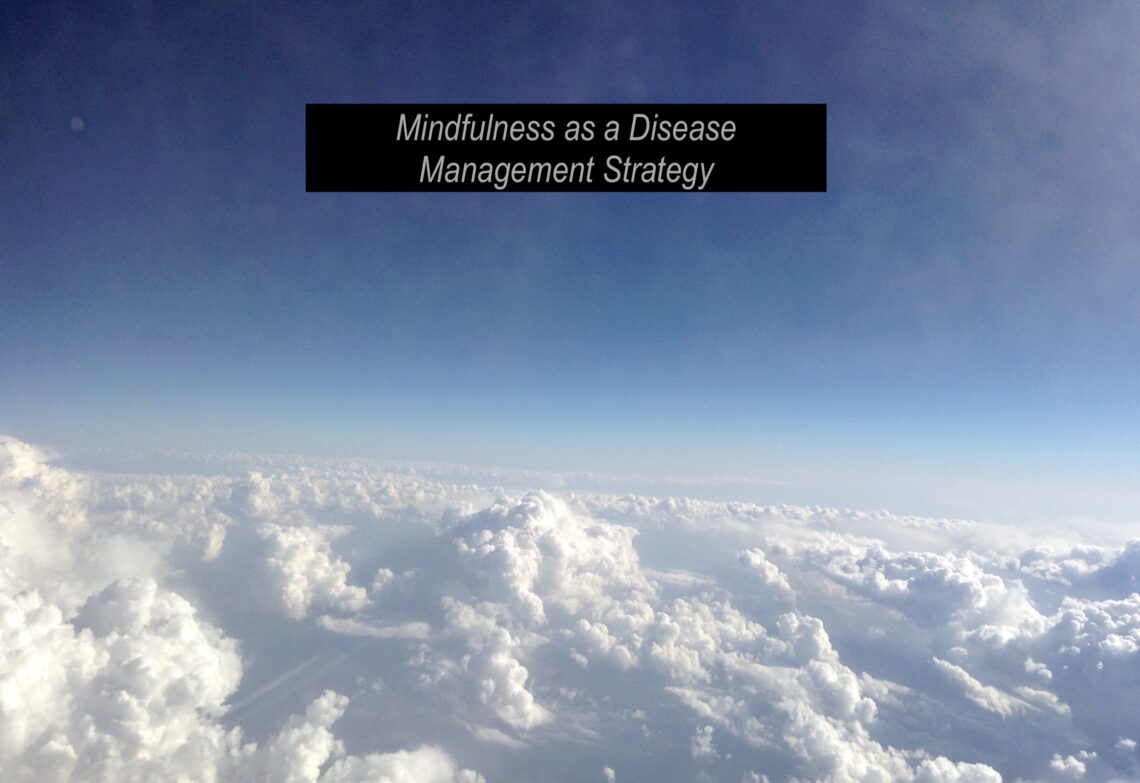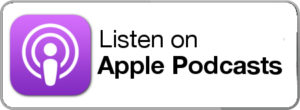A seated Tai Chi practice can have both physical and emotional health benefits. Tai Chi instructor, Ralph Somack, has taught tai chi to seniors, people with dementia, stroke survivors, people using wheelchairs and this week…
Liz Ann Kurdrna, Pilates instructor, feels like her emotional recovery from a rock climbing injury is ongoing yet “knowing that I have to show up for someone else…by teaching…it helps. It helps you uncover the…
I remember years ago when I had a Toyota there was a dealership I’d go to regularly for oil changes and other car repair. You know how you drive into a big open space, like…
The Pandemic has brought many changes; for me, it’s ushered in the next chapter of my life. Perhaps the final chapter? With mobility challenges, it was one of two choices: home modifications or move to…
A contemplative practice includes meditation, prayer, mindfulness, yoga, tai chi or qigong, journaling or anything that helps ground you. Some people use affirmations while others use music to help them ease into a more tranquil…
Loneliness is a public health issue. It was before the COVID-19 epidemic forced us into social isolation. Former U.S. Surgeon General Vivek Murthy called loneliness a “growing health epidemic,” and even wrote a book about…
What do you do as a patient with a progressive health condition that renders you unable to do certain tasks? Do you ask for assistance or find a work-around to accommodate for that situation? Once…
It’s April Fool’s Day so we’re mixing things up with an unhelpful advice rant. One can’t be positive 100% of the time. Now is the opportunity to share about all of the weird things people…
A retired nurse, physical and yoga therapist, and mental health professional offer strategies for coping with uncertainty, anxiety, and all those other emotions caught up in this season of the pandemic. Verla Fortier, author of…
Being diagnosed with a chronic, debilitating disease can certainly bring stress to one’s life. In fact, that stress can be significant enough to be called trauma. How one handles this stress varies. Some people have…

